How can I revamp some plain curtains with recycled/upcycled materials?
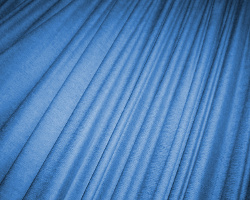 Following on from my recent “how can I revamp a kitchen so I don’t need a new one?” question, Janet has asked a similar (smaller scale!) question about curtains:
Following on from my recent “how can I revamp a kitchen so I don’t need a new one?” question, Janet has asked a similar (smaller scale!) question about curtains:
I have ordinary plain curtains that need to look snazzy. I like the “wacky” type of design,whether it’s adding on old buttons,bits of fabric etc. Any ideas? Many thanks,Janet.
I think you’ve already got a few good ideas on there: cover the bottom quarter/third of the curtains with a strip of contrasting fabric and decorate the join with a row of buttons (mmm, buttons on curtains) – or go shabby chic with a whole row/section of buttons and misc (badges, charms, pompoms, bows, rosettes – whatever you can find). Or use scraps of old fabric and yarn to make a bunting design higher up – old patterned clothes or bedding would be fab. I’ve seen curtains that looked like they had tufts/short tassels of yarn every 15cm/6ins or so in lines down the length of them, which would be easy to replicate. Or sew on ribbon/thin strips of scrap fabric to add stripes or wiggly lines – for thicker stripes, this chevron idea is nice and I’ve seen a similar appliqué idea using strips of a design cut from old lacey net curtain. Alternatively, you could make reverse appliqué patches – cut out simple shapes and add a contrasting shape/fabric behind to peek through (reverse appliqué tutorial). A simple no-sew idea is to attach ribbon/yarn/strips of scrap fabric to each curtain ring/clip – like the idea (about a third of the way down) on this page.
If the curtains are 100% cotton, you could try dyeing them – ombre/dip dye ones would look interesting (as if all the dye from the curtains had slid down to the floor ;) ) – or if they’re too dark for that, selectively bleaching them. (Obviously do try a test patch first.) If they’re too big to be manageable in a dye bath, you could try printing onto them instead (possibly using a linocut technique or an even simpler stamp for something like polka dots — or for a fun or kid-centric room, hand prints ;) ).
How would you revamp or embellished plain curtains using recycled/upcycled stuff? What did you do? Have you got any tips or suggestions for Janet? Any non-sewing idea or ones that use alternative materials to fabric/yarn?



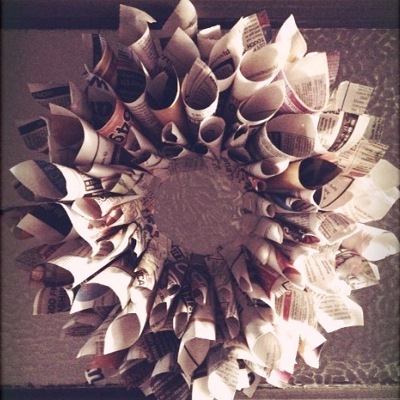
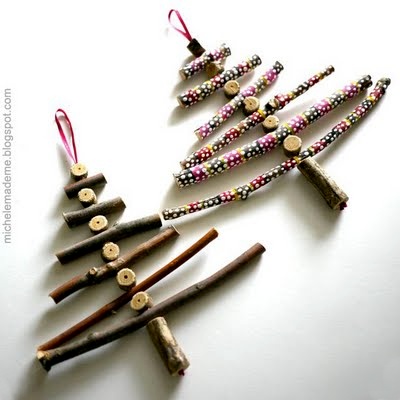
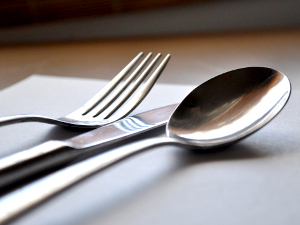 Last week’s post about
Last week’s post about 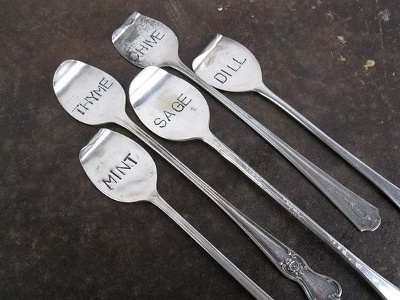
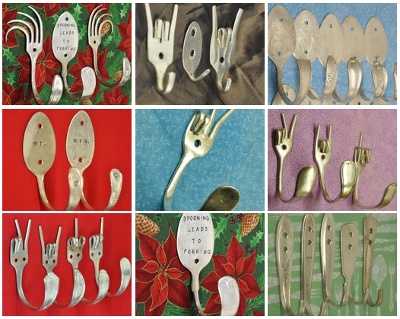
 I got this email from Edie a few weeks ago but I thought I’d keep it until people were thinking a little more festive-ly — I hope it’s not too late for Edie now though!
I got this email from Edie a few weeks ago but I thought I’d keep it until people were thinking a little more festive-ly — I hope it’s not too late for Edie now though!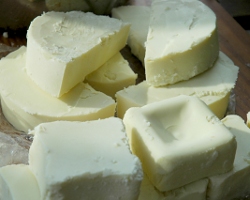 I made my first batch of cold-process soap earlier in the year – it took FOREVER to trace, but we’ve loved the resulting soap so I need to make some more.
I made my first batch of cold-process soap earlier in the year – it took FOREVER to trace, but we’ve loved the resulting soap so I need to make some more.














